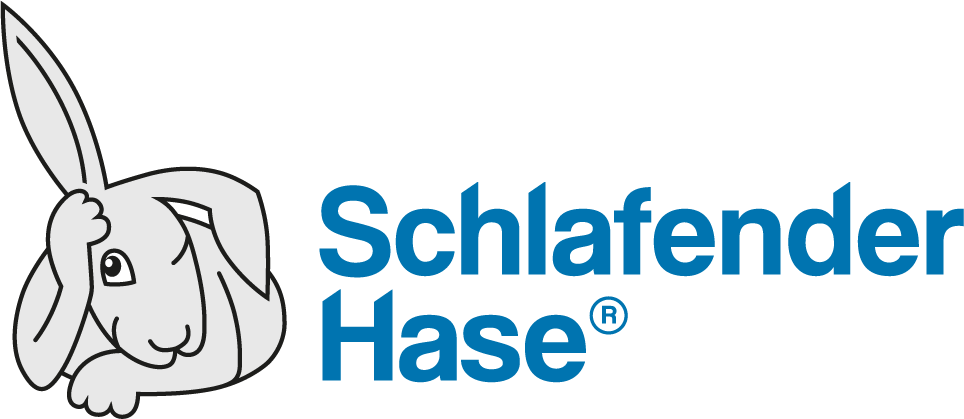Labeling readability of pharmaceutical products is important for the safety and well-being of patients. Discover some key principles for labeling readability.
In a study published in 2019, it was revealed that over half of surveyed medication users faced challenges reading or comprehending medication labels [1]. In this article, we will explore what we mean by readability and what key principles can guide us through regulations to make labeling readable and legible.
What is labeling readability?
The readability of labeling focuses primarily on how easily the information provided on the label can be understood by the user. In this fundamental sense, it refers to the clarity and simplicity of language used, sentence structure, and overall presentation. Although it is important to understand the difference between this and legibility – i.e. visual clarity of the text and design – in practice, readability and legibility overlap, and regulatory authorities such as the European Medicines Agency (EMA) and US Food and Drug Administration (FDA) tend to treat them together in their guidelines.[2]
Why is readability on labels important?
Labeling is above all intended to ensure the safety of patients and the correct use of medicines. Highly readable labeling empowers patients by helping them understand their treatments. It also increases safety and safety awareness (e.g. risks and side effects ) and promotes the correct use of treatments. Ultimately, it reduces the likelihood of a medical error.
What language level is readable?
There are no specific grade levels required for labeling, but the National Institutes of Health (NIH) in the US recommends a level of 6th to 8th-grade language (6th grade is usually 11 or 12 years old in the US).
In Europe, EMA requires that “particulars to be included in the labeling shall be easily legible, clearly comprehensible and indelible,” and EMA goes on to say, “that the package leaflet must be written and designed to be clear and understandable, enabling the users to act appropriately, when necessary, with the help of health professionals.”
EMA requires the name of the medicine to be expressed in Braille (Braille is not mandatory in the US). [3] Furthermore, the marketing authorization holder must “ensure that the package leaflet is made available on request from patients’ organizations in formats appropriate for the blind and partially- sighted.”
5 best practices for labeling readability compliance
- Organize content beneath clear headings
- Use repetition to reinforce understanding
- Avoid superfluous repetition are key principles in both FDA and EMA guidelines.
In an example from its guidelines for Instructions for Use (IFUs), the FDA “generally recommends organizing information under each heading such that related topics are consolidated within a single heading, though FDA recognizes that repeating certain information can be an important tool for comprehension.” [4] Similarly, US Prescribing Information (USPI) is highly structured within sections and under headings for consistency and relevance. It is organized at a high level into a summary Highlights section, Table of Contents, Full Prescribing Information, and Patient Information in most cases. [5]
EMA takes a comparable approach to headings and repetition in its own guidelines: “Headings and sub-headings should be made conspicuous… Repetition of information can sometimes be avoided by cross-referring to information which is under another heading. Therefore, the headings should be numbered, for ease of reference. More than two levels of headings may impair readability.” [6]
2. Be mindful of wording and style
It is important to be precise, accurate and avoid the use of promotional, false or misleading language in labeling. Keep the syntax (sentence structure) simple and short. As a rule, use active sentence forms rather than passive forms. The careless use of abbreviations and acronyms can lead to medical errors, as the FDA points out in its guidelines. [7]
3. Use clear and consistent terminology
High readability requires using standard terminologies consistently, including the use of plain language for complex medical terminology. EMA recommends the following steps for complex terminology:
- Translate medical terms into language the patient understands
- Give the lay term with a description first
- Use the detailed medical term immediately afterwards [8]
Key reference works for standard terms are:
- United States Pharmacopeia (USP)
- European Pharmacopoeia (Ph. Eur.)
- Specialized references such as Stedman’s Medical Dictionary are also important for terminology and consistency (included in the TVT Spelling® module for proofreading).
4. Use pictograms, symbols and images wisely
EMA allows the use of pictograms and images as an aid to understanding, but they should never be promotional in nature or replace text. Text, image and background color should be presented with good contrast.
The FDA goes to great lengths in its guidance to outline how symbols and images should be used, pointing out that these are useful but also error-prone and may lead to misunderstanding and medication errors.
However, the FDA also advises prudence in the use of color. It is perceived differently by individuals, looks different in different lighting situations, the number of discernible colors is limited, and identifying a product by color might encourage patients to not read text. [9]
Along with aspects such as font size and type, color (i.e. creating contrast), spacing is an important factor affecting readability and legibility. In particular, it is important to avoid crowding and visual clutter. Barcodes – including QR codes – also need quiet zones around them (TVT Barcode® includes quiet zones in its grading.)
5. Keep in mind who uses the product and where it is used
Labeling is all about communication. In particular, it plays an important role in communication between healthcare professionals and patients. Highly readable, compliant labeling and packaging empower patients. The more a patient understands a treatment, the better they can discuss it with their physician.
However, to be effective, labeling must be highly targeted to categories of those using medicines and medical devices. Age ranges, health literacy, disability, conditions specific to the treatment, and cultural and linguistic background of patients, caregivers and family are just some categories that must be kept in mind. Is the medicine administered – or device used – at home or in a professional setting?
Some final tips to improve label readability
- Keep messages clear and to the point
- Use suitable and consistent language
- Provide information that allows the user to make safe and appropriate decisions
- Set out information so it can be easily found, understood and used [10]
- https://journals.plos.org/plosone/article?id=10.1371/journal.pone.0212173
- For EMA guidelines on readability, see https://ec.europa.eu/health/sites/default/files/files/eudralex/vol-2/c/2009_01_12_readability_guideline_final_en.pdf, and for FDA guidelines on readability see https://www.ecfr.gov/current/title-21/chapter-I/subchapter-C/part-201, https://www.fda.gov/media/158522/download, https://www.fda.gov/media/128446/download and https://www.fda.gov/about-fda/oncology-center-excellence/how-do-i-use-prescription-drug-labeling
- For more on Braille on packaging, see https://www.schlafenderhase.com/shblog/the-importance-of-braille-inspection-on-packaging/
- https://www.fda.gov/media/128446/download
- https://www.fda.gov/about-fda/oncology-center-excellence/how-do-i-use-prescription-drug-labeling
- https://www.pharma-eu.com/pdfs/Guideline%20on%20Readbaility%20EMEA.pdf
- https://www.fda.gov/media/158522/download
- Microsoft Word – 2009_01_12 Draft Readability Guideline FINAL.doc (europa.eu)
- https://www.fda.gov/media/158522/download
- https://www.tga.gov.au/sites/default/files/improved-consumer-medicine-information-template-report.pdf









